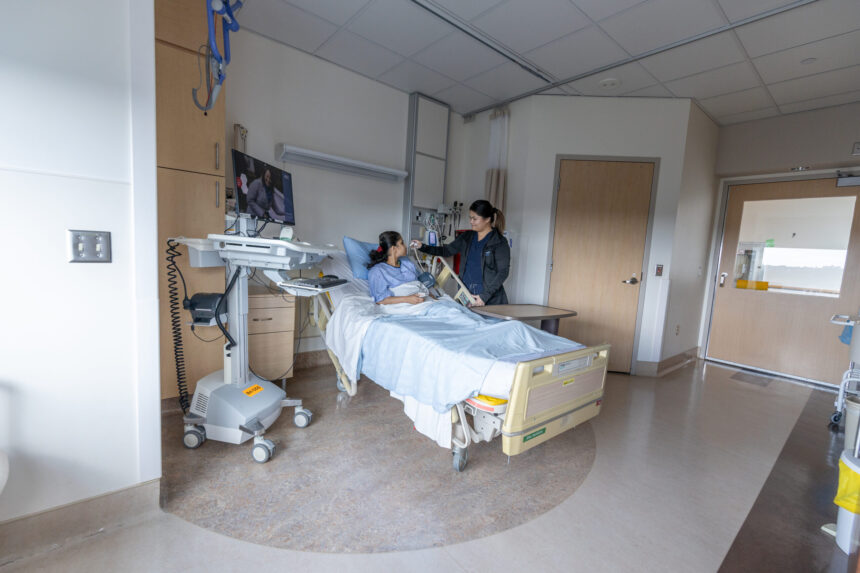In a transformative development for Ontario’s healthcare landscape, Hamilton Health Sciences (HHS) has unveiled ambitious expansion plans representing one of the largest healthcare infrastructure investments in the province’s history. This comprehensive redevelopment initiative promises to revolutionize patient care delivery while addressing critical capacity challenges that have plagued the region for decades.
The cornerstone of this expansion is the complete reconstruction of Juravinski Hospital, a facility that has served Hamilton and surrounding communities for generations. According to HHS leadership, the aging infrastructure no longer meets the demands of modern healthcare delivery, with overcrowded emergency departments and outdated clinical spaces hampering optimal patient care.
“This isn’t simply about building new facilities—it’s about fundamentally reimagining how we deliver healthcare to meet the evolving needs of our communities,” said Rob MacIsaac, President and CEO of Hamilton Health Sciences. “The expanded campuses will integrate cutting-edge technology with patient-centered design principles to create healing environments that improve outcomes.”
The expansion addresses a critical healthcare gap in the region. Hamilton’s hospitals currently operate at approximately 115% capacity—well above the provincial target of 85%—resulting in hallway medicine, extended wait times, and treatment delays. This chronic overcrowding has been exacerbated by population growth and an aging demographic requiring more complex care.
Financial analysis indicates the project will inject billions into the local economy while creating thousands of construction jobs over the next decade. Provincial officials have emphasized that this investment represents a commitment to strengthening healthcare infrastructure beyond the Greater Toronto Area, acknowledging Hamilton’s position as a crucial medical hub serving southwestern Ontario.
What distinguishes this initiative from typical hospital renovations is its comprehensive approach to healthcare delivery. Beyond physical expansion, the plan incorporates digital innovation hubs, community outreach centers, and expanded teaching facilities aligned with McMaster University’s medical programs. This integrated approach aims to position Hamilton as a leader in medical research and education while improving patient outcomes.
The project timeline spans multiple phases over the next decade, with initial construction expected to begin by late 2026. HHS officials emphasize that maintaining continuous operations during reconstruction presents significant logistical challenges, requiring careful planning to minimize disruption to patient care.
Community reaction has been predominantly positive, though some concerns have emerged regarding potential traffic congestion, parking limitations, and construction disruption. HHS has committed to regular community consultations and has established a dedicated project website where residents can access information and provide feedback throughout the redevelopment process.
As healthcare systems across Canada struggle with capacity issues, aging infrastructure, and evolving care models, Hamilton’s approach could serve as a blueprint for other jurisdictions facing similar challenges. The integration of clinical care, research capabilities, and educational facilities within a unified campus represents a forward-thinking model for sustainable healthcare delivery.
As we observe this unprecedented investment in Hamilton’s healthcare future, one question remains at the forefront: Could this comprehensive redevelopment model become the standard for addressing healthcare infrastructure challenges across the country, or will financial constraints and political priorities limit similar initiatives elsewhere?


















